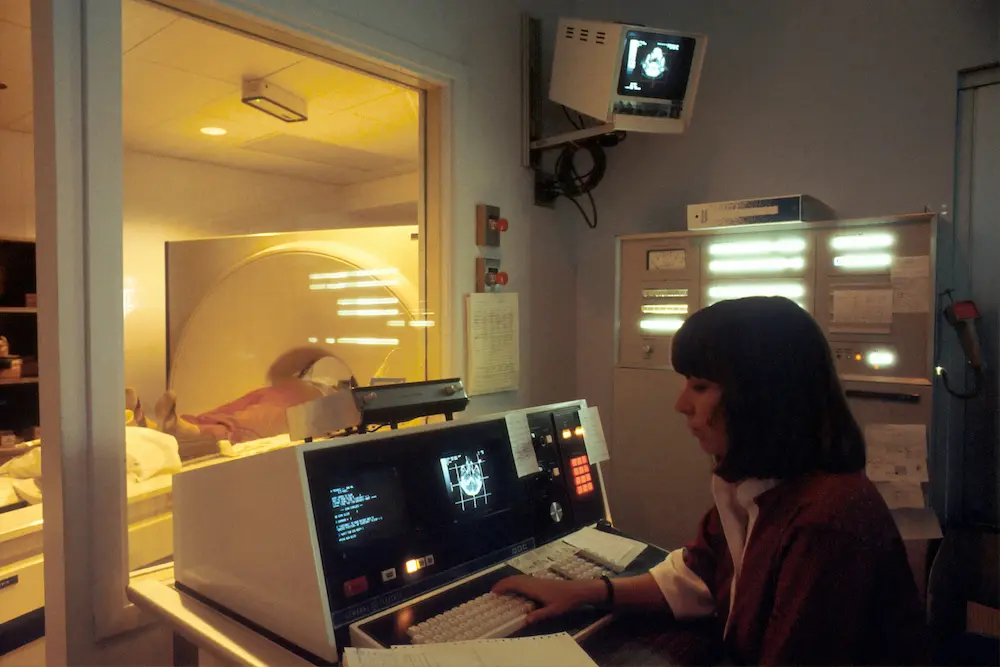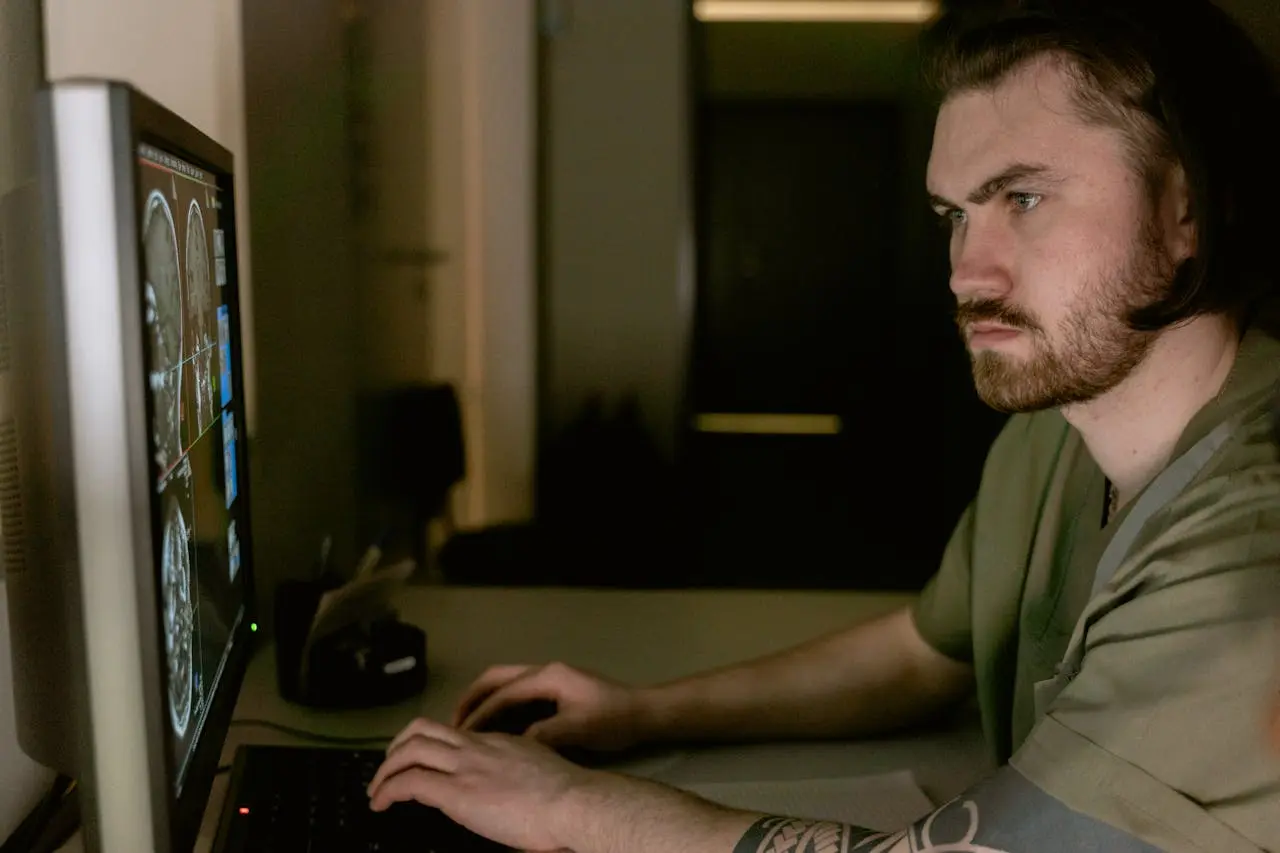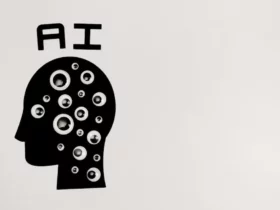The advancements in technology have significantly transformed the medical field, making it more efficient, accurate, and easier — and one area where this has been particularly evident is radiology information systems. From digital imaging to electronic health records, technology has revolutionized how radiology is practiced today.
Here, we will explore the various ways in which technology has modernized radiology information systems, improving patient care and streamlining processes for healthcare professionals. Buckle up as we take you on a journey through the impactful contributions of technology in transforming this vital aspect of medicine.
Perform Proactive Monitoring and Maintenance
One of the primary benefits of technology in modernizing radiology information systems is its ability to perform proactive monitoring and maintenance. When monitoring the performance of the radiology information system, technology can identify potential issues before they become significant problems, allowing for timely preventive maintenance. Regular maintenance can also extend the life of equipment and keep everything running at peak efficiency. This system can operate smoothly and provide dependable service. Investing time and resources in monitoring and maintenance can go a long way toward ensuring uninterrupted imaging services and ultimately, better patient outcomes.
Stay Informed About the Latest Technologies
New technologies such as artificial intelligence, machine learning, and advanced analytic tools have the potential to drastically enhance the accuracy and speed of diagnoses. They can automate routine processes, free up radiologists to focus on more complex cases and lead to a more personalized approach to patient care.
Furthermore, integrating these cutting-edge technologies can facilitate better decision-making, improve patient outcomes, and optimize workflow efficiencies. For radiology departments aiming to stay competitive and provide top-tier patient care, keeping updated with technology trends is not just an option; it’s a necessity.
Prioritize Data Security and Privacy
In the realm of radiology, the protection of patient data is paramount. With the integration of technology in healthcare, radiology information systems have become highly digitalized, necessitating rigorous measures for data security and privacy. Hackers and cyber threats pose a significant risk so healthcare providers employ state-of-the-art encryption methods, secure data storage solutions, and comprehensive cybersecurity protocols.
Radiology departments can safeguard sensitive patient information, maintain trust, and comply with legal standards like HIPAA. This foundational aspect of technology protects against data breaches while ensuring that the integrity and confidentiality of patient records are preserved, allowing healthcare providers to focus on delivering quality care.
Encourage Cross-disciplinary Collaboration
The utilization of technology in radiology information systems encourages unprecedented levels of cross-disciplinary collaboration among healthcare professionals. Integrated systems that allow seamless communication between radiologists, physicians, and other specialists, promote a more comprehensive approach to patient care.
For example, with the use of electronic health records, physicians can access radiology reports and images quickly from multiple locations. Such collaborations lead to more accurate and well-informed diagnoses, improved treatment plans, and ultimately better patient outcomes. Plus, technology streamlines communication, minimizing delays in delivering critical information and reducing the likelihood of medical errors.
Invest in Training and Continuing Education
Healthcare professionals are responsible for taking care of the lives of patients, which requires a passion for the job, skills, and most importantly, knowledge. Ensuring that professionals are trained on the latest technology tools and software can aid in maximizing their potential and guaranteeing high-quality patient care.
Continually investing in the training and education of healthcare professionals benefits both patients and staff. It equips them with the necessary skills to operate technology, interpret data accurately, communicate effectively, and collaborate efficiently. As a result, they can provide better care to their patients and stay updated on the latest technologies in radiology information systems.
Adopt Patient-centric Approaches
As healthcare providers strive to improve the patient experience, adopting patient-centric approaches has become increasingly important. The integration of technology has made it possible for patients to have more control over their healthcare, from booking appointments online to accessing test results and communicating with providers through mobile apps.
Maybe the most significant benefit of technology in this aspect is improving patient engagement, resulting in better compliance and satisfaction rates. Patients have now access to more information and are empowered to participate actively in their care. This leads to a patient-centered approach that prioritizes individual needs and preferences.
Keep Data Organized and Easily Accessible
Radiology information systems generate a massive amount of data. To make sense of this data and derive meaningful insights, technology plays an essential role in keeping it organized and easily accessible. Thanks to the integration of electronic health records, patient data is stored in a centralized location that can be accessed by authorized healthcare professionals at any time.
This centralized system makes it easier to track patients’ medical history, detect patterns, and monitor progress over time. Data can be analyzed quickly for more accurate diagnoses and effective treatment plans. It also minimizes the risk of losing critical information or duplicate tests so that patients can receive prompt and efficient care.

There’s no denying the significant role technology has played in modernizing radiology information systems. From proactive monitoring to promoting cross-disciplinary collaboration, technology has improved the accuracy, efficiency, and accessibility of patient care. As technology continues to advance, we can expect an even greater impact on how radiology is practiced, ultimately leading to improved patient outcomes and a better healthcare experience. Let us embrace these technological advancements, keeping in mind that at the heart of all these digitized systems are real patients whose lives we can positively impact through technology.









